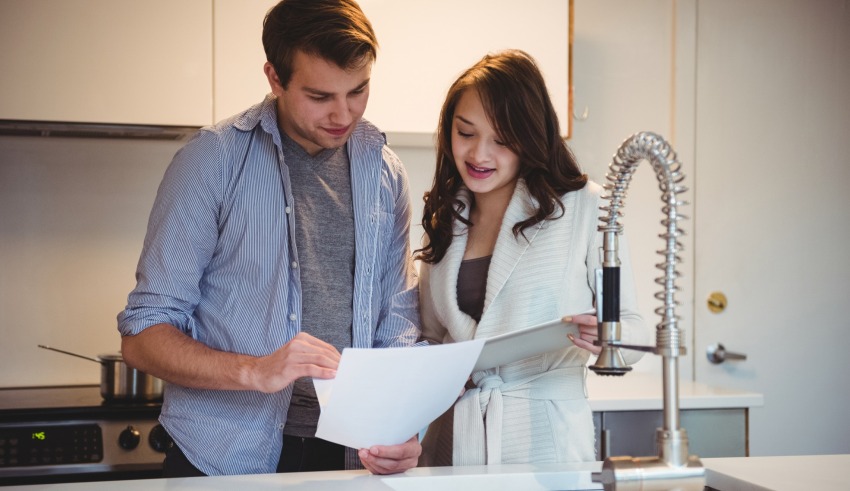
Water is a precious resource, and conserving it is not only essential for the environment but also for our wallets. By adopting simple yet effective water-saving practices, we can significantly reduce our water consumption and lower our water bills. In this article, we will explore four practical methods that can help you conserve water and save money.
Method 1: Fixing Leaks
Did you know that even a small leak can waste hundreds of gallons of water each month? Identifying and fixing leaks should be your first step toward water conservation. Start by checking your faucets, toilets, and pipes for any signs of leakage. A dripping faucet or a constantly running toilet may seem insignificant, but they can quickly add up to substantial water loss and inflated bills.
To fix leaks, you can replace worn-out washers, tighten loose connections, or call a professional plumber for assistance. Remember, addressing leaks promptly not only saves water but also reduces the strain on your finances.
Method 2: Efficient Water Usage
Being mindful of how we use water in our daily activities can have a significant impact on conservation efforts. Let’s begin with the bathroom. Consider installing low-flow showerheads and faucets, as they can help reduce water consumption by up to 50% without compromising the water pressure. Additionally, taking shorter showers and turning off the tap while brushing your teeth can save gallons of water every day.
In the kitchen, there are several practices you can adopt to conserve water. Instead of rinsing dishes under a running faucet, fill the sink with soapy water and use it to wash multiple items at once. For washing fruits and vegetables, use a bowl of water rather than running water. Dishwashers are also more water-efficient than handwashing, so make sure to run full loads when possible.
When it comes to laundry, opt for efficient washing machines that offer various water-saving cycles. Only run full loads to maximize water usage and energy efficiency. Also, consider reusing towels and clothes if they are not heavily soiled, reducing the frequency of washes.
Method 3: Outdoor Water Conservation
While we focus on reducing indoor water usage, it’s crucial not to overlook the significant amount of water we use outdoors. When it comes to lawn and garden care, planning and smart practices can help conserve water. Consider xeriscaping, which involves using drought-resistant plants, mulch, and efficient irrigation systems. By choosing native plants and grouping them according to their water needs, you can minimize water wastage and still maintain a beautiful landscape.
Watering your lawn and garden during the early morning or late evening hours can also prevent excessive evaporation. Additionally, using a soaker hose or drip irrigation system instead of a sprinkler can ensure that water reaches the roots of plants more efficiently.
Rainwater harvesting is another excellent way to conserve water outdoors. Install rain barrels or cisterns to collect rainwater and use it for watering your plants, cleaning outdoor surfaces, or even flushing toilets. It’s a sustainable practice that not only reduces your water bill but also lessens the burden on municipal water supplies.
Method 4: Recycling and Reusing Water
Recycling and reusing water, specifically graywater, can further enhance your water conservation efforts. Graywater refers to gently used water from bathroom sinks, showers, and laundry. While not suitable for drinking, this water can be repurposed for other household tasks.
Consider installing a graywater system, which diverts and filters graywater to be used for flushing toilets or watering non-edible plants. By reusing this water, you can save a significant amount of fresh water that would otherwise be consumed for these purposes.
Conclusion
Conserving water and reducing your water bill doesn’t have to be a daunting task. By implementing these four practical methods, you can make a positive impact on both the environment and your finances.
In conclusion, conserving water and reducing your water bill are achievable goals with these four practical methods. Whether it’s fixing leaks, practicing efficient water usage, implementing outdoor water conservation strategies, or exploring the benefits of water recycling, every effort counts. Embrace these practices not only for the immediate savings they bring but also for the long-term sustainability of our planet. By taking these steps, you are making a difference in preserving our precious water resources and creating a greener future for generations to come.